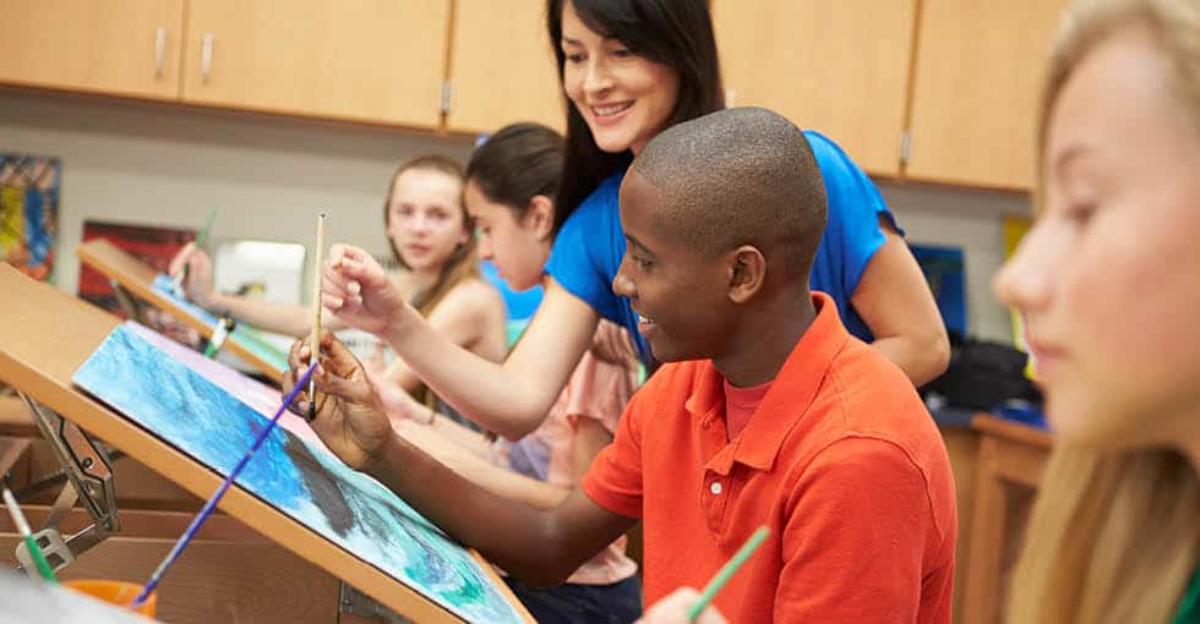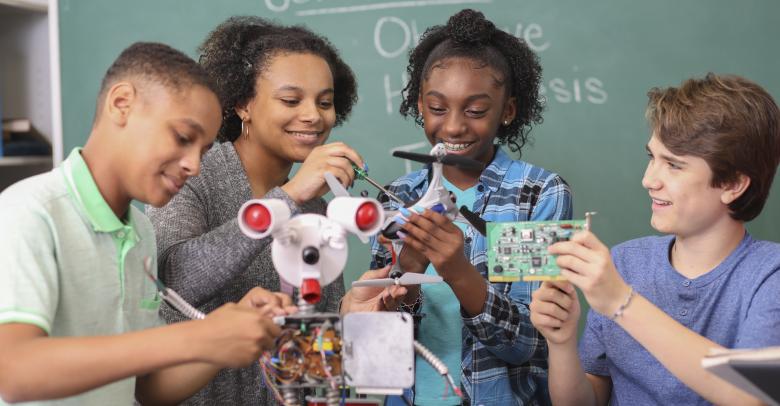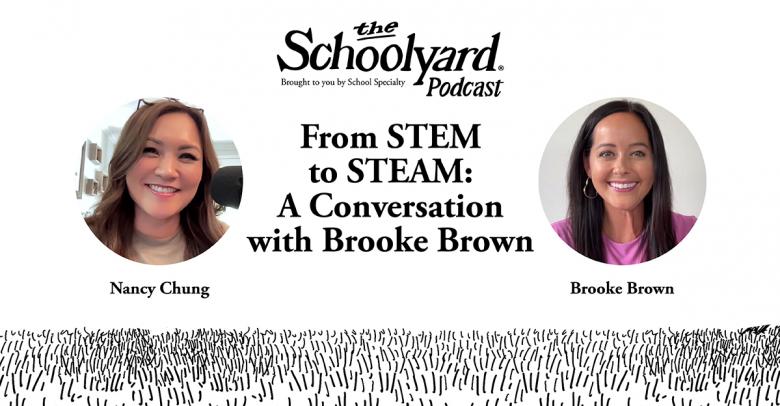You’re probably aware of the makerspace trend sweeping across schools around the country. Partially, it’s an effort to engage students through exploration, it’s also an effort to prepare students with 21st century skills. The goal of a makerspace is to create spaces where students can develop new skills and explore their curiosity in a flexible and safe environment.
Is the Art Room a Natural Makerspace?
What some people have forgotten is that art rooms have been “makerspaces” for decades and can be your greatest resource in this venture.
When you think of the most innovative and creative members of the faculty, you are probably drawn to the art teacher and their room. Isn’t that what we’re looking for when establishing a makerspace? And yet, the misconception persists that science and engineering should lead the way in the makerspace movement.
Why the Art Room Makes the Makerspace
Practicality
There are few classrooms within the core subject areas that were built to get dirty. Meanwhile, art classrooms are a blank canvas, so to speak. Most art rooms already feature large, durable tables that are perfect for collaboration and experimentation, flooring that promotes safety, and lighting to help with even the most delicate tasks. Those existing features are much more cost-effective than retrofitting a traditionally-furnished classroom.
Experience
Art teachers have led students to explore their creative impulses throughout their careers, accompanying them on a journey to create award-winning products of growth. That is a special skill in which not every teacher excels. Art teachers have to develop that guidance as a course of action.
Developing Emotional Intelligence through Engineering
To those who say art teachers cannot assist students through the more technical aspects of makerspaces, their idea of a makerspace is too narrow. It is a popular misconception that in a makerspace, you hand students a bunch of circuit boards and a soldering gun and wait for creativity. First of all, in the elementary grades, soldering is not possible. For younger students, makerspaces tend to look more like art rooms, with paper, scissors, glue, and other tools.
In the secondary years, art teachers are as capable as any other teacher with a soldering gun. Most art rooms already contain potentially dangerous materials that require safe and careful use.
Art education itself has become more complex in the 21st century as a reflection of technology as an artist’s creativity often leads them to explore more technology-based skills. There’s no reason to believe an art teacher cannot maintain a safe, orderly, and productive makerspace.
A Makerspace that Fits Your School
This is all not to say that students should only be given time to explore their interest in the devoted makerspace time during art class. Teachers should adopt this more engaging philosophy across the disciplines. But if you’re considering a more formal makerspace arrangement in your scheduling, the discussions should begin in the art room.






Leave a Reply